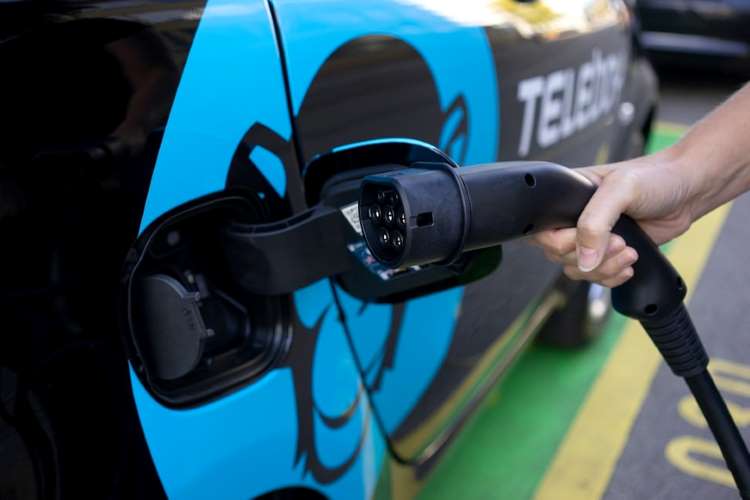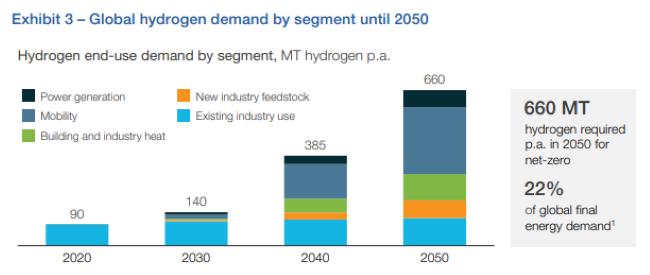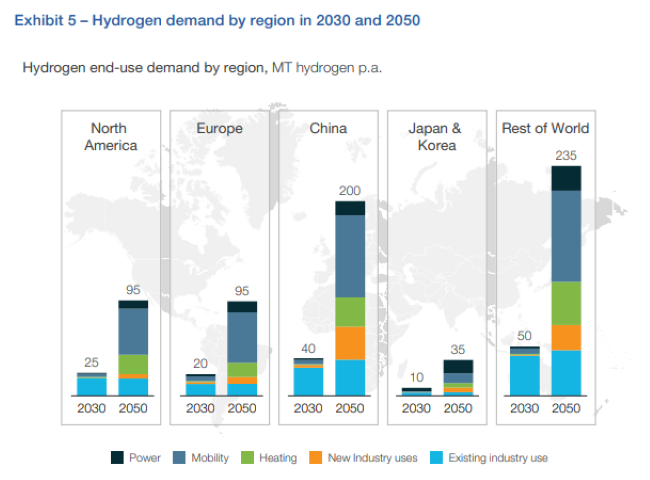
Green hydrogen as fossil fuel alternative: World leaders attending the COP26 summit in Glasgow have shown great urgency for decarbonising their national economies to fight climate change. The realisation that a reduction in carbon footprint is crucial for the planet’s future was palpable through the various sessions of the climate change conference. Once the conference concludes, leaders, activists, policy makers and businesses are expected to go back to the drawing board and come up with effective solutions to fight global warming.
The world, looking to reduce its carbon footprint, is stepping up efforts to produce energy from renewable sources such as solar, wind, hydel, biofuels, and tides. But it looks like green hydrogen energy and fuel cell technologies are emerging as the most viable alternatives to fossil fuels. Nations and businesses have been toying with these two alternatives for long, but COP26 could be a watershed event for them. The summit saw hydrogen hogging the limelight in deliberations on how to meet the new goals set by the nations for themselves.

A report by the Hydrogen Council released on Wednesday said the world’s decarbonisation ambitions for 2030 will need deployment of 75 million tonnes of clean hydrogen. The document says two-thirds of the demand in 2030 will be from industry, mobility, aviation and shipping. The council says global demand for green hydrogen could grow by half by 2030. It will account for a quarter of the world’s net-zero energy output by 2050.
READ I Climate change: 2070 net zero deadline best India could offer
Why green hydrogen
Green Hydrogen is produced using zero-carbon energy sources such as solar/ wind power, waste gas, biogas, and other renewable sources. Across the globe, hydrogen fuel cells are used in vehicles and backup power systems. The developments in this technology now allow its use in aviation, sea travel, heavy vehicles, energy storage, as well as in industries such as steel and cement.
The renewed focus on green hydrogen comes from the need to move large amounts of solar and wind energy from regions where it is available to where it will be used. Green hydrogen, produced by splitting water using green electricity, is the most efficient way of transmitting power over distances. It can utilise the existing gas infrastructure, which makes it the most cost-effective energy source by far. It is also easy to store hydrogen for long periods.

READ I ESG is transforming businesses — slowly but surely
Nations are investing heavily in green hydrogen which is now an integral part of their economic strategy. Several counties in Europe, Asia, and the Americas are creating huge hydrogen infrastructures. The private sector is also investing in large hydrogen production plants across the world.
COP26 a watershed event for green hydrogen
Green hydrogen is an important element in plans to decarbonise the global economy. At COP26, 40 world leaders set ambitious targets for 2030 to ensure availability of clean technology across sectors such as road transport, energy, and steel. This objective of this initiative is to:
- Ensure availability of affordable green hydrogen,
- Make clean power cheap and reliable,
- Make non-polluting vehicles affordable, and
- Encourage steel producers to adopt near-zero-emission steel technologies.
Despite its emergence as a viable source of energy, green hydrogen is not a natural choice for businesses because of its price. It currently costs around $5 per kilogram and is way costlier than fossil fuels. The US Department of Energy’s Earthshots initiative looks to reduce the price of green hydrogen to $1 to achieve cost-parity with fossil fuels.
Creating a green hydrogen fuel ecosystem will be a great business opportunity worth more than $20 trillion globally. Developed countries will invest heavily in poorer regions to produce cheap hydrogen. Europe may turn to Africa to set up huge solar parks to produce green hydrogen.
India will be a major beneficiary of the new energy order for two reasons. Green hydrogen technology will help it reduce its dependence on imported fossil fuels. More importantly, it could be a major energy exporter in the days to come. The new energy scenario could make India a global economic power, if conducive steps are taken on the policy front. The Union government has already taken some steps to develop green hydrogen technology. It has a national hydrogen plan in place which will play a major role in the country’s efforts to achieve energy self-reliance by 2047.
